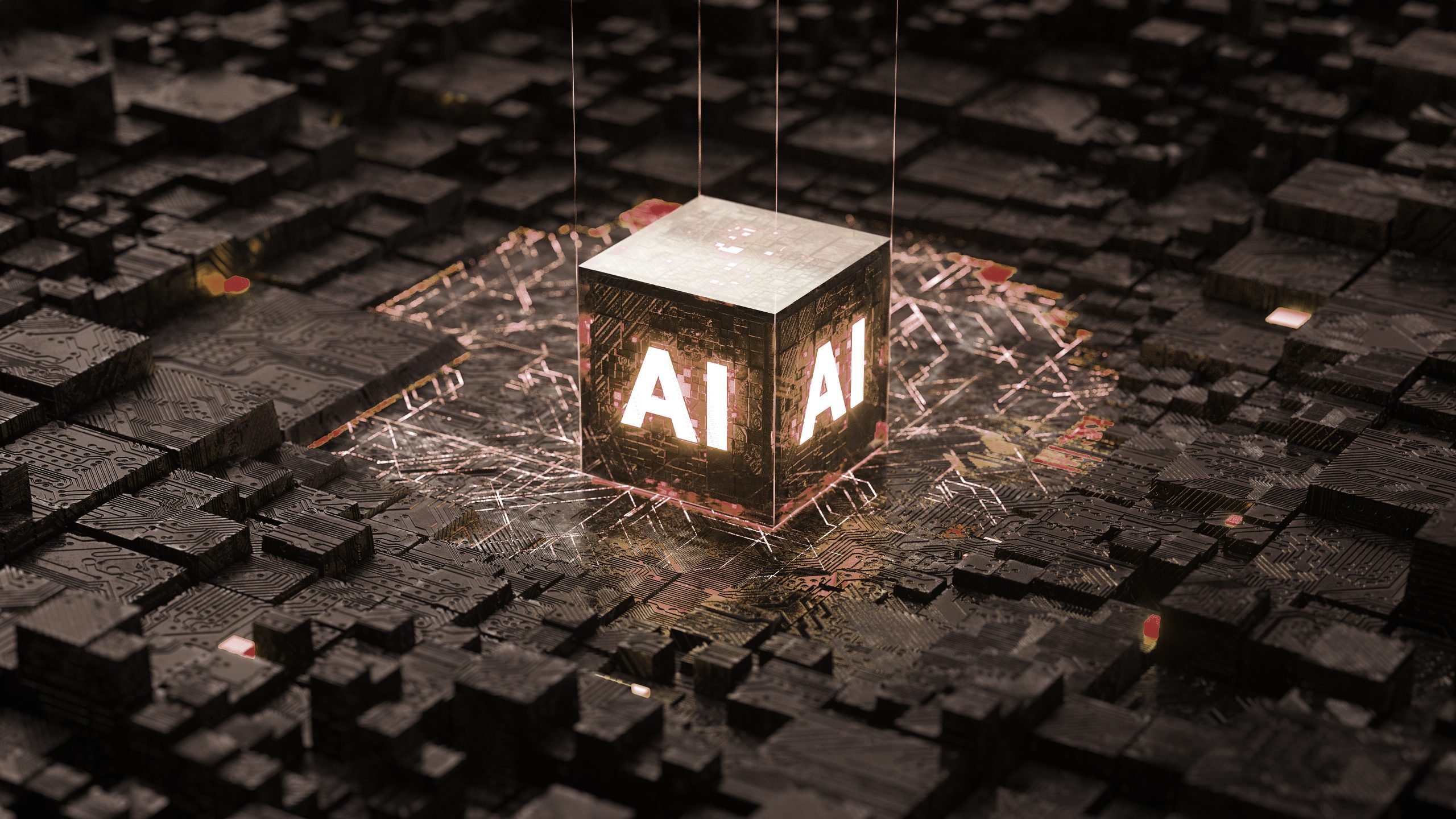What security threats and challenges to AI success should I know about?
The benefits of GenAI will have positive business impacts for every company that adopts this revolutionary technology. But to see this impact, it must be adopted securely from the beginning.
As LLMs and GenAI become deeply integrated into critical operations and decision-making processes, adversaries can exploit subtle vulnerabilities to manipulate your model outputs to coerce unauthorized behaviors or compromise sensitive information.
Securing your GenAI ecosystem is critical to safeguard sensitive data, maintain regulatory compliance, protect intellectual property and ensure the continued trustworthiness and safe integration of AI into core business functions.
88%
Prompt-based attacks can have a success rate as high as 88%.
10%
Organizations used on average 66 GenAI apps, with 10% classified as high risk.
Whether you are a business leader, developer or security professional, understanding security and privacy risks and challenges is essential.
890%
2.5X
GenAI traffic experienced an explosive surge of over 890% in 2024. This surge reflects growing enterprise reliance on mature AI models and measurable productivity gains.
The average monthly number of GenAI-related data security incidents increased 2.5 times, now accounting for 14% of all data security incidents across SaaS traffic according to the State of GenAI in 2025 report.
Organizations used on average 66 GenAI apps, with 10% classified as high risk.
Prompt-based attacks can have a success rate as high as 88%.
Three vectors subject to attack are:
Prompt attacks (specifically prompt injection) are a significant security concern for both generative and agentic AI. These attacks exploit the fact that LLMs interpret user input as instructions.
Attackers manipulate prompts to alter the model’s intended behavior. For example, by framing malicious instructions as a storytelling task, an attacker can trick an LLM into generating unintended responses.
Attackers circumvent your security controls, such as system prompts, training data constraints or input filters. This can include obfuscating disallowed instructions using encoding techniques or exploiting plugin permissions to generate harmful content or execute malicious scripts.
These attacks can extract your sensitive data, such as system prompts or proprietary training data. Techniques include reconnaissance on applications and replay attacks designed to retrieve confidential information from prior interactions.
Prompts are crafted to exploit your system resources or execute unauthorized code. Examples include consuming excessive computational power or triggering remote code execution, which can compromise application integrity.

























